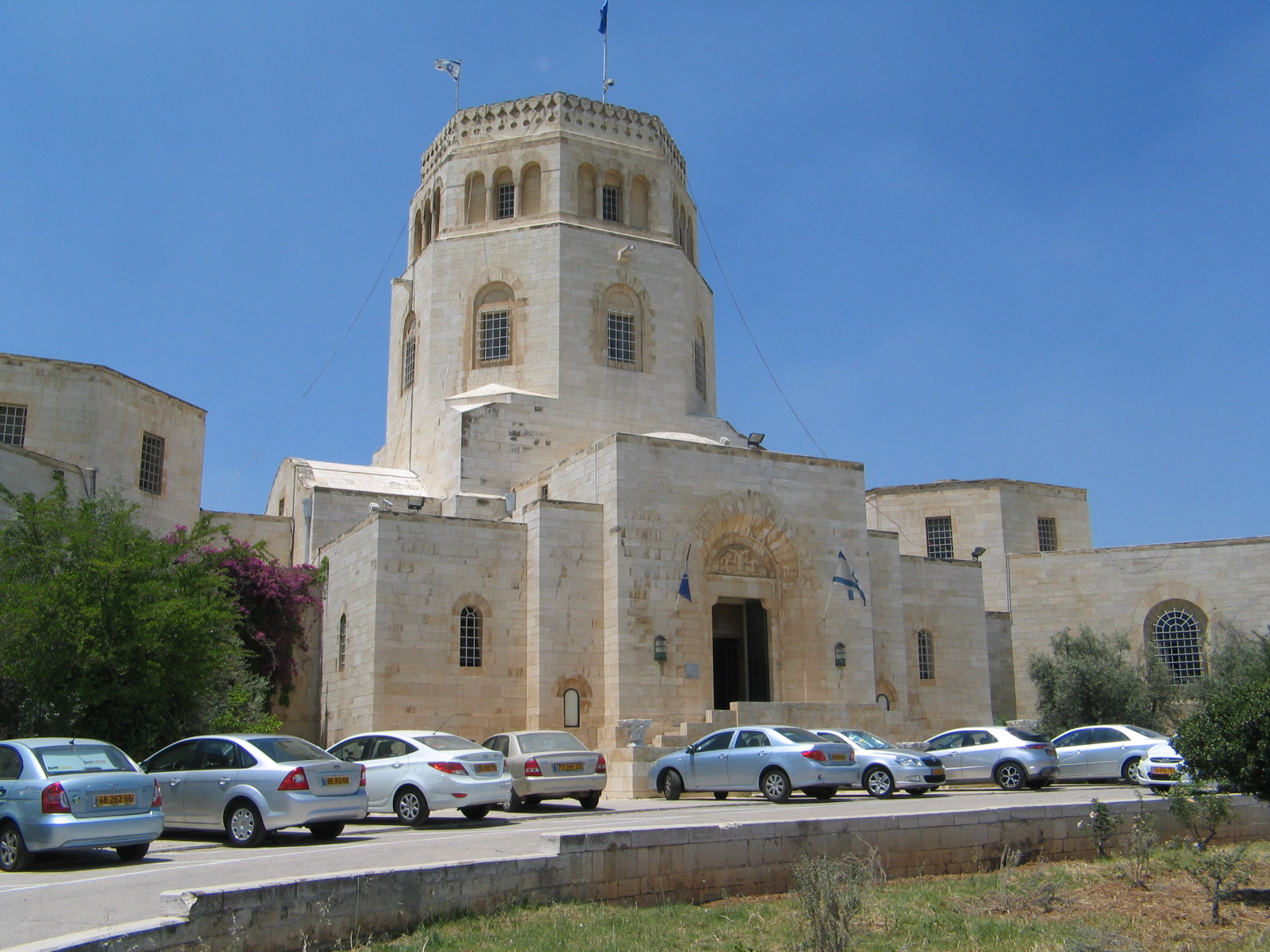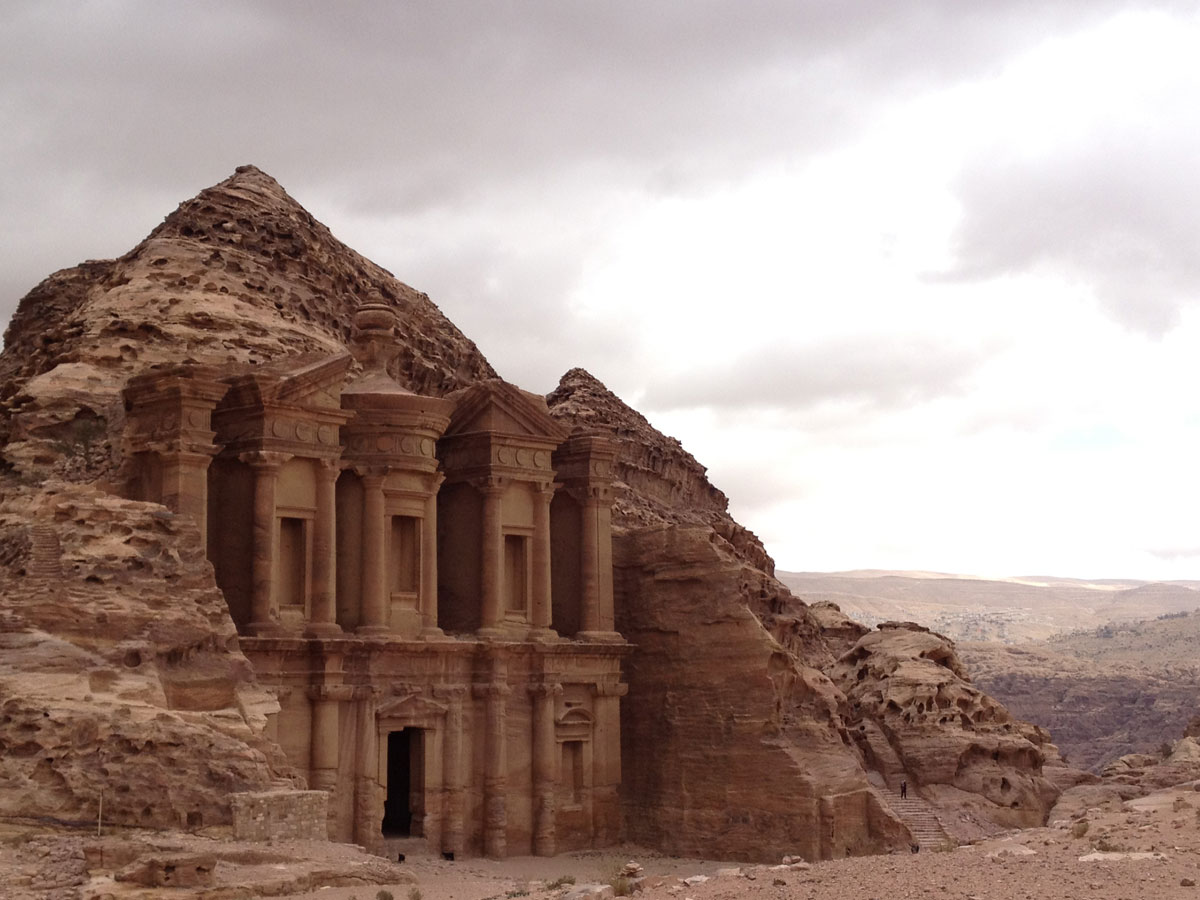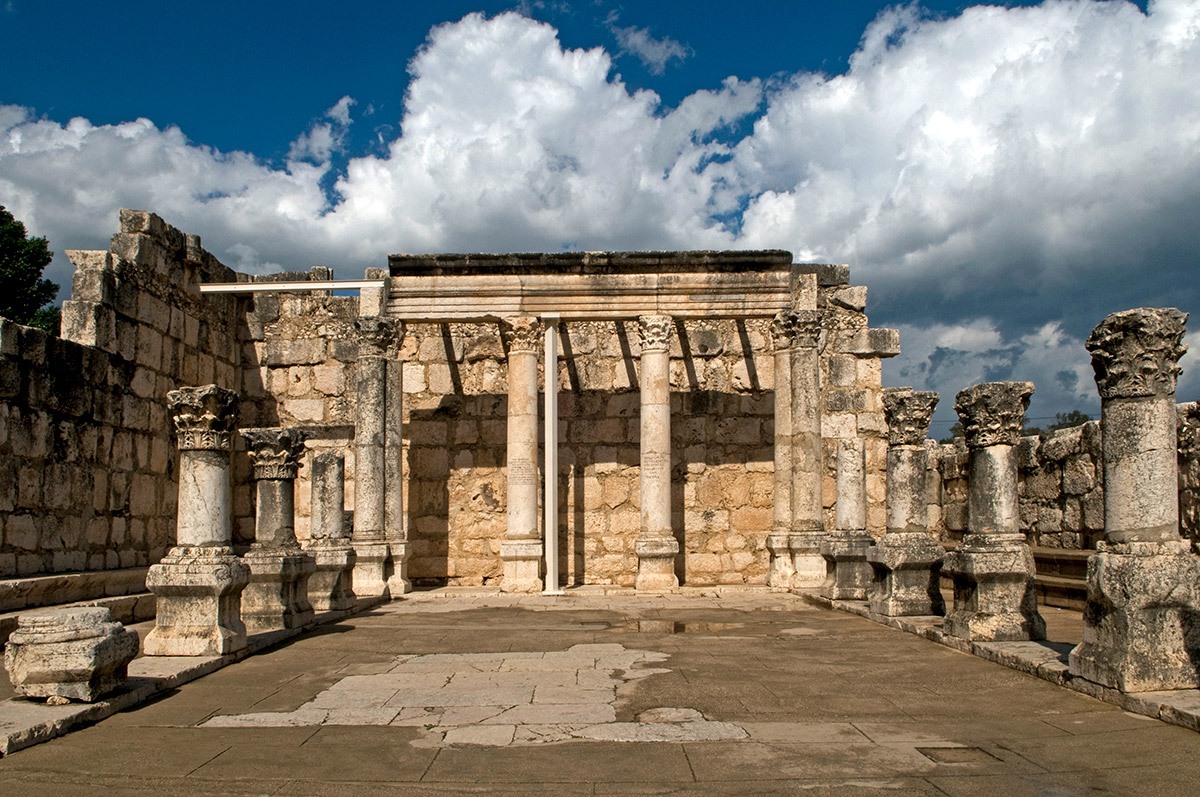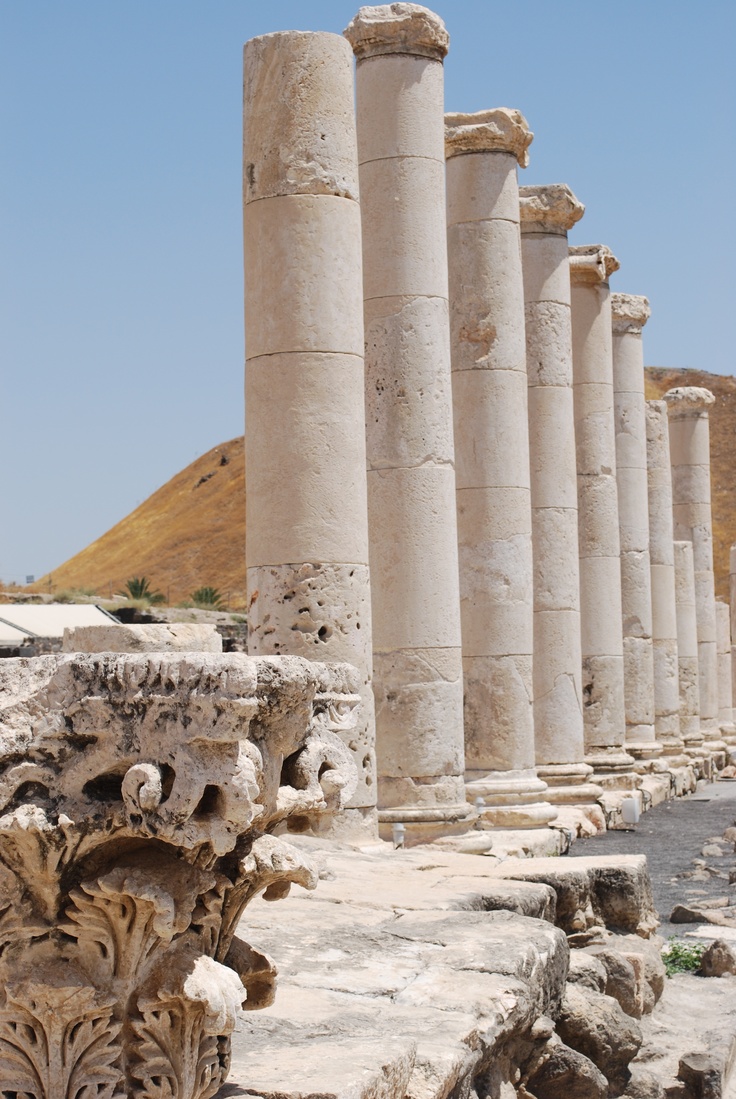
Eilat King City is a scriptural amusement park Israel that covers 40,000 square feet on three levels and is a leisure of a royal king’s palace. Kings city informative website reviews four unique locations for the return to the time of the Pharaohs in ancient Egypt; the Cavern of Illusions and Wisdom, which honors King Solomon’s knowledge and consists of labyrinths; optical illusions; and interactive difficulties. If you play casino slots, you have probably stumble upon slots that are based on ancient Egypt and pharaohs located in Eilat King City. If you are intrigued to try these games, check them out for free at Sloto Cash casino by using their no deposit bonus. Almost 1,200 years after David’s burial, we find an explicit reference to the place of the Tombs of the Kings. And besides the wealth seized by Hyrcanus and Herod, its contents were still unmolested. Dr. Mazar thinks that only 20 percent of the palace has been uncovered. Strategies are underway for more excavation in the future.
At that point, Scripture explains David’s palace being constructed by workers sent by the Phoenician king of Tire as a gesture of relationship (verse 11). If these burial places rest on the east side of David’s palace, over against the area of the wall that Nehemiah fixed, that will position the entrance someplace around where Dr. Mazar began digging at David’s palace in 2006.

One particular source of scorn is the beautiful descriptions of the golden era of Israel. A home you could say suitable for the king of a magnificent country. Much like the Bible stated. And in the area the scriptural account recommended.
The laws of God are a way of life, Mr. Armstrong continued. The Bible in its whole is a lifestyle. Jesus Christ stated that we should live by every word of God. We do have to appetite and thirst for His way of living, as Jesus said (Matthew 5:6; see also John 7:37 -39). We need to want it; we need to be soaked up in it.
Hezekiah’s very first thought was to safeguard Judah’s source of water the water fountains. To do so, he had his engineers stop the water fountains, or reroute them, by carving a 1,700-foot water tunnel through strong rock (verses 4, 30). This unusual subterranean structure can still be seen in Israel today.

The kingdom of Israel, under David’s reign, ended up being a local power, according to the Bible. This supernatural shock prompted Herod to desert the project and to erect a monolith. So he was terribly frightened, and headed out, and developed a propitiatory monolith of that.
Samuel’s burial is precisely substantial because he was David’s mentor. He blessed David as king. Throughout 1 Samuel, David regularly turned to him for assistance and support. When Samuel passed away, David was on hand as the Israelites buried him in his home. Surprisingly, there is sign in Scripture that the Tombs of the Kings will be uncovered in this end time. Exactly what makes it particularly interesting is the fact that there is so much proof within Bible indicating where this grand sepulcher is. Every indication is those burial places are right under David’s palace, or close to it.

Excavation in the last few years is bringing the history of Israel’s kings even back to King David back to life from the ancient soil of Jerusalem.
Putting Peter’s observation together with the history Josephus blogged about. Clearly, the whereabouts of David’s tomb was extensively known throughout the very first century a.d. Why did Herod do this covertly, in the evening? He certainly had adequate power to do as he pleased in Jerusalem. Possibly considering that he was half Jewish, his conscience prevented him from openly desecrating the Tombs of the Kings. Or possibly he knew that raiding the burial places in broad daylight would activate a war with the Jews.
The legend, exaggeration, and fable pumping up the significance of Israel’s past. In 2005, however, in exactly what many archaeologists called the discovery of the century, something was discovered that brought new credence to the standard narrative. And intriguingly enough, it was respect for the Bible that precipitated the discovery.
It ends up that it was fairly standard practice for Judah’s leaders to construct their burial places under their houses. Numerous scriptural referrals associate tombs of prophets and kings with their real place of residence. So when God says the bones of Judah’s kings were buried in their high places, it’s rational to assume they were buried at the peak of the city throughout David’s reign just underneath the palace.
